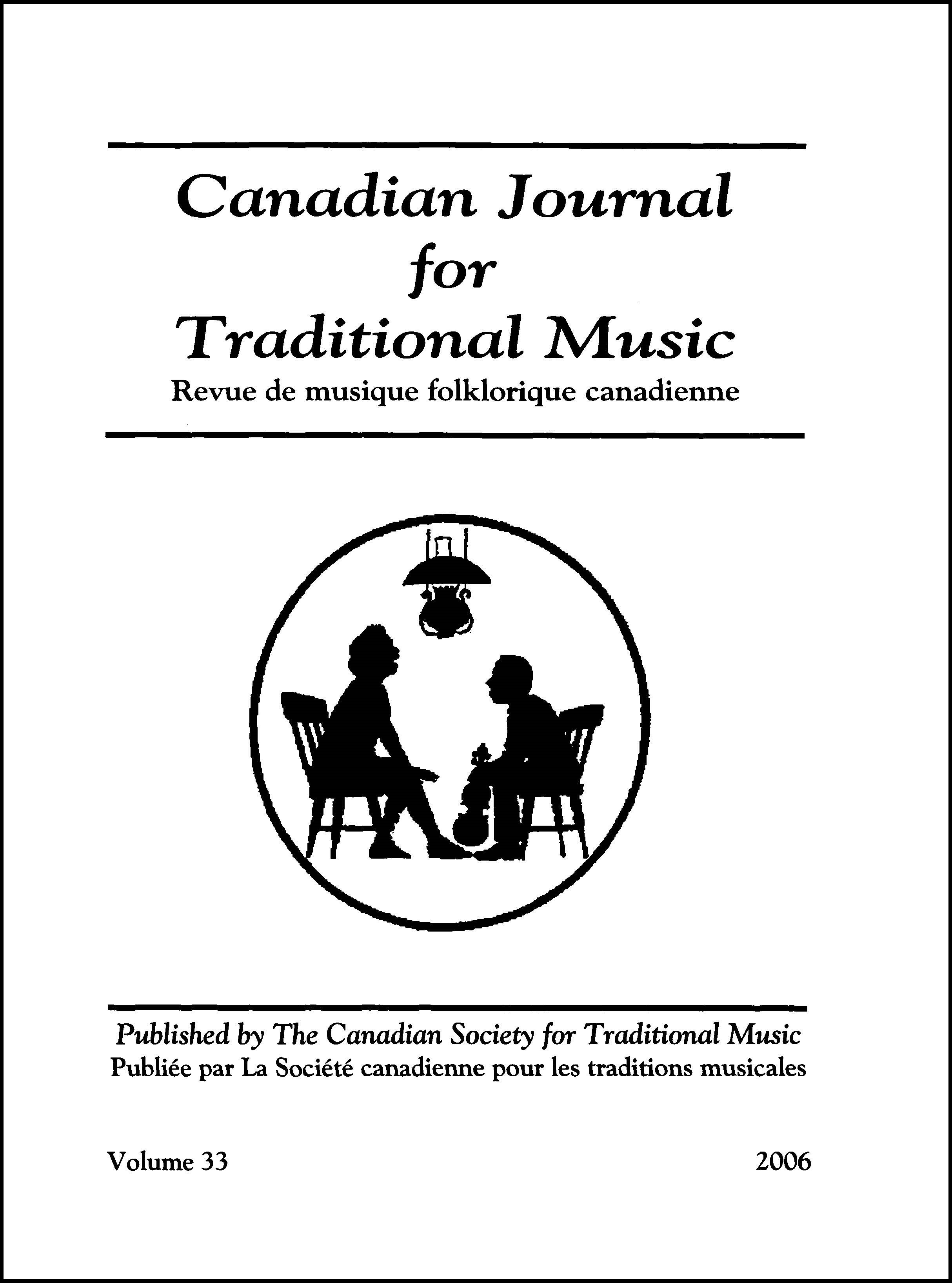Abstract
In the North Indian state of Uttar Pradesh live rural folk performers who identify themselves as Kathavacaks. These artists present a form of story-telling they call kathavacan, which combines song, speech, and gestures punctuated by rhythmic interludes. Part of a larger clan of hereditary musicians and dancers, they connect themselves most closely to a family of dancers who perform the classical stage dance called kathak. These urban relatives and some scholars now identify kathavacan as the ancient and devotional root of the classical dance. After providing a description of kathavacan performance, this article examines the various claims of ancient origins and temple performance in the context of insider agency and activism. In this case, there is considerable evidence of an ongoing endeavour by these hereditary musicians to disseminate a chosen identity as ancient tradition largely through documentation by cultural outsiders.- The author retains copyright over the work.
- The author grants the journal owner (The Canadian Society for Traditional Music / La Société canadienne pour les traditions musicales) an exclusive license to publish the work.
- The author may post a pre-print or post-print version of the work (see definitions below) on a personal website for up to twelve months after the work is published in MUSICultures. After twelve months, the pre-print version must be replaced with the published version.
- The author may deposit the published PDF of the work in a non-commercial online repository twelve months after the work is published in MUSICultures, or any time thereafter.
- Any such deposit must include a link to the work on the MUSICultures website, e.g., https://journals.lib.unb.ca/index.php/MC/article/view/19996
A pre-print is a work-in-progress—a contribution not yet accepted, or perhaps even submitted, to MUSICultures.
A post-print is the version of a contribution after peer review and acceptance by MUSICultures, with revisions completed.
The published version is the PDF file of a contribution as it appears in MUSICultures.
Please note that academia.edu and ResearchGate.com are both for-profit repositories; authors may not deposit the published PDF of the work in these repositories until after the journal’s embargo period.
For permission to reprint or translate material from MUSICultures, please contact Heather Sparling, General Editor of MUSICultures (heather_sparling@cbu.ca).

